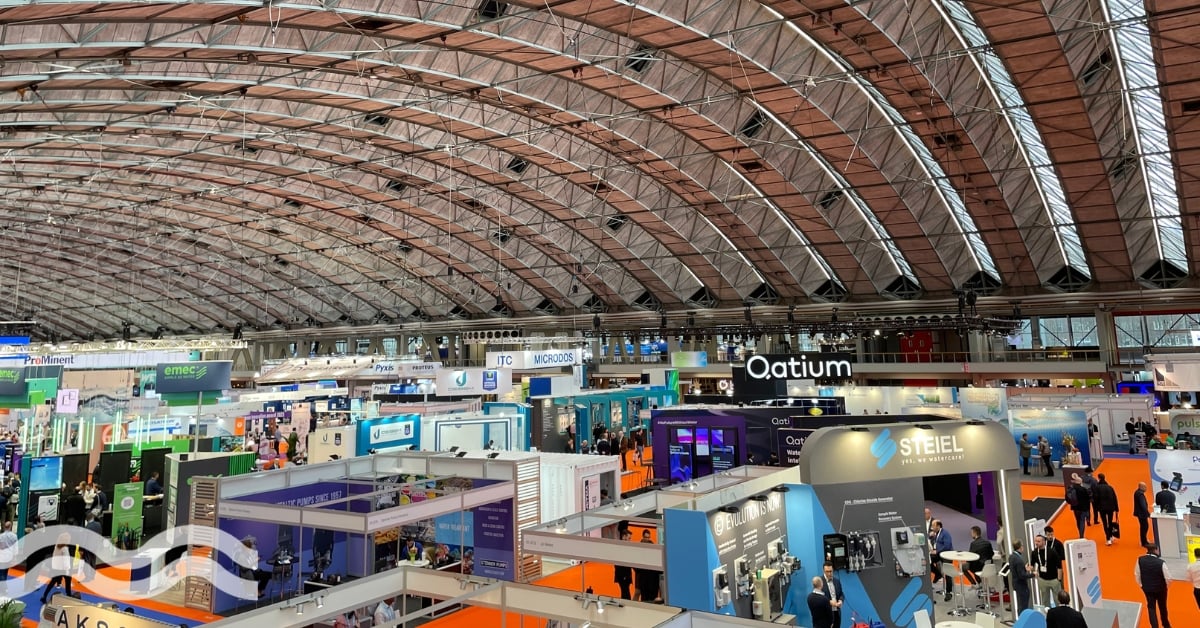EU collaboration links membranes & AI to target emerging pollutants

A European collaboration linking utilities and solution providers sets out to eliminate emerging contaminants in the integral water cycle.
Membranes to play a critical role
A European collaboration linking utilities and solution providers sets out to eliminate emerging contaminants in the integral water cycle.
Called LIFE PRISTINE, the European Union funded €4 million project is setting out to help strengthen existing legislation to help promote water reuse with the “highest quality and safety standards”.
One of the challenges [with water reuse] will be the elimination of emerging pollutants and microplastics.
Led by Spanish infrastructure company Acciona, other partners include Dutch membrane company NX Filtration, Eurecat, Xylem Services, the Regional Entity for Wastewater Sanitation and Treatment of the Murcia Region (ESAMUR) and the water utility provider Bilbao Bizkaia Water Consortium (CABB).
With water reuse being promoted as one of the necessary solutions to help overcome water scarcity, one of the challenges – according to partner NX Filtration – is the elimination of emerging pollutants and microplastics.
Such substances are “difficult to eliminate” with existing treatment systems and may end up in seas and rivers, or even enter the food chain.
The ‘PRISTINE’ solution
The collaboration hopes to leverage the partner companies’ expertise to combine and integrate solutions. This includes membranes with artificial intelligence (AI) based digital tools.
The PRISTINE solution involves adsorption, nanofiltration and advanced oxidation processes using virtual sensors, process modelling and decision-making support tools.
Large scale testing will be carried out on the secondary effluent of a treatment plant in Murcia, and supporting drinking water pre-treatment in the Bilbao Bizkaia Advanced Water Treatment Centre (CATABB).
It will be capable of eliminating emerging pollutants efficiently from water sources and wastewater effluent.
The ambition is to go beyond the limits set by Directive 2020/2184/CE on Water for Human Consumption and the new European Regulation on minimum requirements for water reuse (Regulation (UE) 2020/741).
An increasing focus on PFAS
LIFE PRISTINE focuses on emerging pollutants of the PFAS type (Per- and Polyfluoroalkyl substances, used e.g. in flame retardants), pesticides, pharmaceutical and personal care products, toxins microplastics and genes of microorganisms that are resistant to antibiotics.
PFAS, also known as forever chemicals, are currently attracting a lot of focus from the global water sector.
A full-scale test of direct nanofiltration (dNF) PFAS retention membranes was recently conducted in the Netherlands, with promising results.
As well as membranes, another method being explored for PFAS removal is carbon filtration or granular activated carbon (GAC).
The Orange County Water District (OCWD) in California won an award for what was called the nation’s largest PFAS substances testing programme, including GAC.


